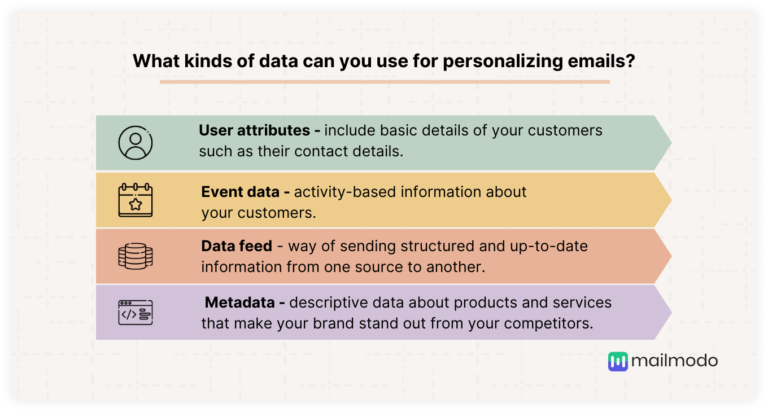Mastering Email Marketing: 10 Best Practices for Effective Campaigns
In the dynamic landscape of digital marketing, where trends come and go, email marketing has remained a steadfast pillar of success. With the power to deliver personalized messages directly to your audience’s inbox, email marketing continues to provide unparalleled opportunities for engagement and conversion. However, like any tool, its effectiveness depends on how well it’s wielded. In this blog, we’ll delve into the world of email marketing best practices, helping you craft compelling campaigns that resonate and drive results.
1. Know Your Audience Inside Out
The foundation of any successful email marketing campaign is a deep understanding of your audience. Who are they? What are their preferences, pain points, and aspirations? Utilize data analytics and segmentation to create highly targeted email lists. Personalized emails have been shown to deliver 6x higher transaction rates, underscoring the importance of tailoring your content to your recipients.
2. Craft Attention-Grabbing Subject Lines
Your subject line is the first impression your email makes. It’s the deciding factor for whether your email gets opened or ignored. Keep it concise, intriguing, and relevant. Avoid using clickbait-style tactics, as they can lead to decreased trust among subscribers. Instead, deliver on the promise you make in the subject line within the body of your email.
3. Optimize for Mobile Responsiveness
With over half of all email opens occurring on mobile devices, your emails must be mobile-responsive. Ensure that your email templates adapt seamlessly to various screen sizes. Test your emails across multiple devices and email clients to guarantee a consistent and visually pleasing experience.

Image credit: codarity.com
4. Compelling Content is King
Your email content is where you truly connect with your audience. Whether you’re sharing educational articles, promotional offers, or captivating stories, ensure your content adds value. Keep paragraphs concise, use bullet points for easy skimming, and include a clear call-to-action (CTA) that guides readers on their next steps.
5. Balance Frequency and Consistency
Finding the sweet spot between regular communication and not overwhelming your subscribers is crucial. Consistency builds anticipation and trust, but bombarding inboxes can lead to unsubscribes. Analyze engagement metrics to determine the optimal sending frequency for your audience.
6. A/B Testing for Continuous Improvement
Never stop refining your approach. A/B testing is your ally in deciphering what works best for your audience. Experiment with different subject lines, send times, CTAs, and even email designs. Over time, these insights will help you refine your strategy for maximum impact. Additionally, when using A/B testing, remember to include UTM parameters so that you can accurately track actions on your website.

Image credit: towardsdatascience.com
7. Permission-Based Marketing
Always remember that recipients should opt-in to receive your emails. Permission-based marketing builds a stronger foundation of trust, reduces spam complaints, and enhances deliverability rates. Respect your subscribers’ choices by making it easy to unsubscribe and promptly honoring opt-out requests.
8. Segment, Personalize, and Automate
Leverage marketing automation tools to streamline your efforts and enhance personalization. Segmentation allows you to send targeted content based on subscribers’ behaviors and preferences, while automation ensures timely delivery without manual intervention.

Image credit: mailmodo.com
9. Focus on Deliverability
Your brilliantly crafted emails won’t make an impact if they don’t reach the inbox. Maintain a clean email list by regularly removing inactive or bounced addresses. Implement authentication protocols like DKIM and SPF to enhance deliverability and avoid ending up in the spam folder.
10. Monitor, Analyze, and Adapt
Successful email marketing isn’t static. Regularly monitor key metrics such as open rates, click-through rates, conversion rates, and unsubscribe rates. Use these insights to adapt your strategy, capitalizing on what’s working and adjusting where needed.
Bringing It All Together
In conclusion, email marketing remains a potent tool for engaging and converting your audience when executed with precision. By understanding your audience, crafting compelling content, optimizing for mobile, and consistently analyzing results, you can harness the true potential of email marketing. Remember, it’s a journey of continuous improvement that yields substantial rewards for those who master the art of email marketing best practices.


